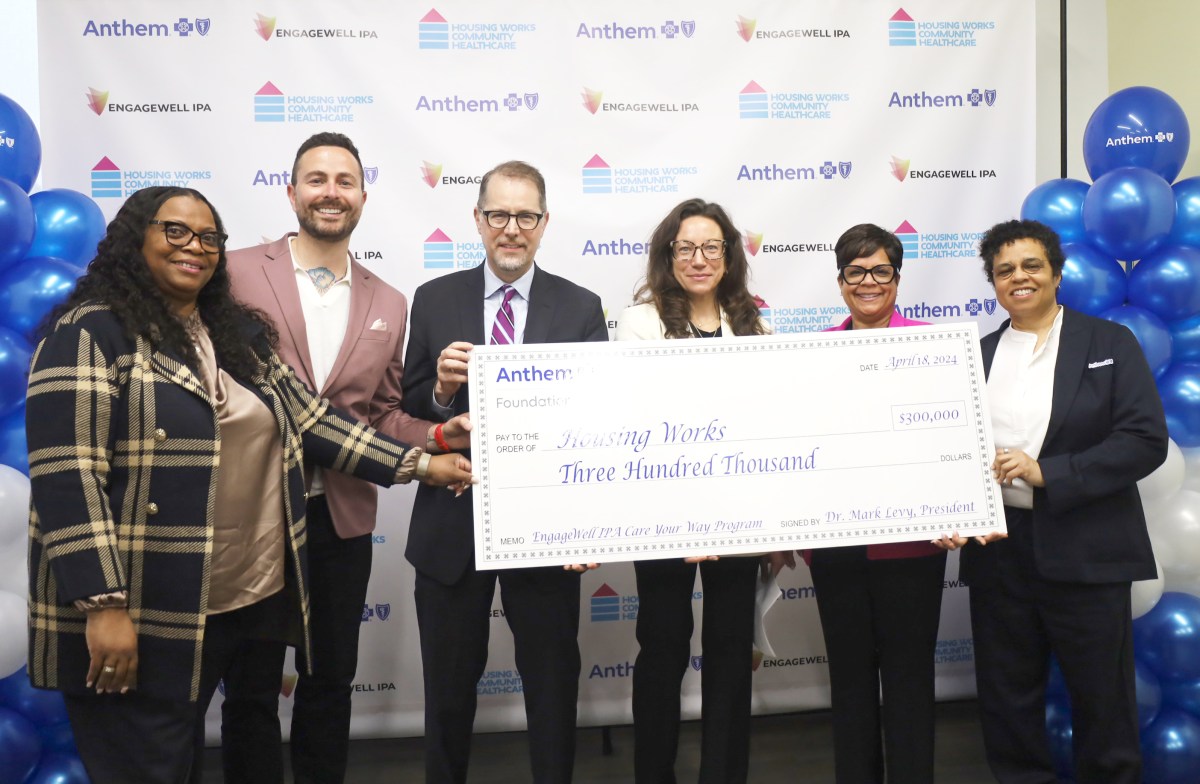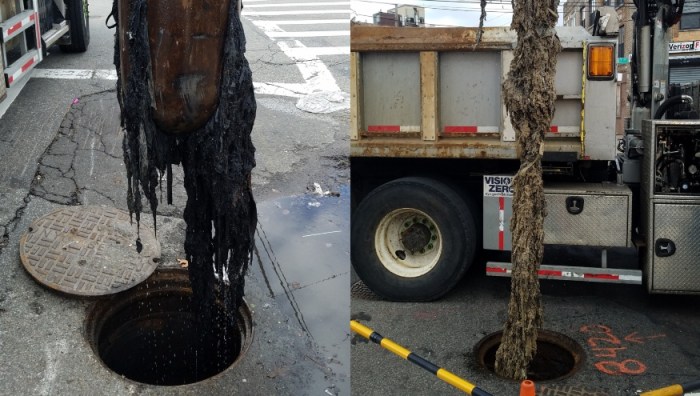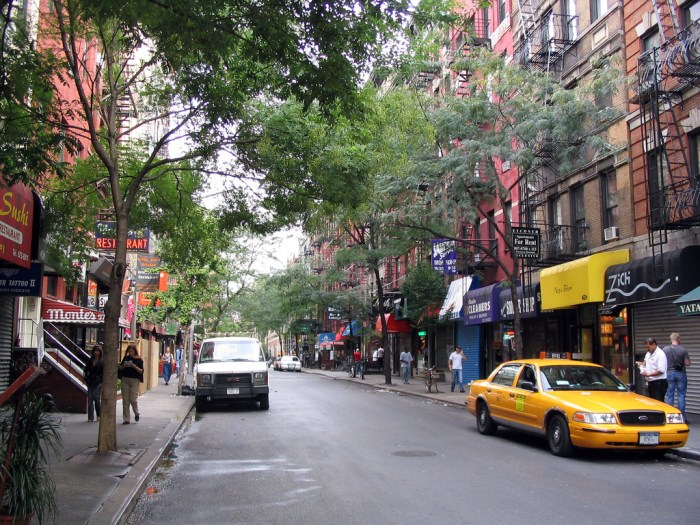The collard greens and tomatoes Dierell Wilson planted last fall are brown, wilted and still in the ground. Wilson and his neighbors were forced to abandon their community garden last year on a city-owned lot now designated for development. The lot on the corner of Bradford Street and Blake Avenue is owned by Department of Housing Preservation and Development and one of 181 vacant lots the city designated as possible sites for affordable housing. Wilson, now armed with the help of both his community and advocates, is undeterred.
“Everyone got tired of people throwing trash in and the drug dealers hanging out front,” the 26-year-old Wilson told Metro.
Wilson confessed he knew nothing of the bureaucratic process needed to open a community garden on city-owned property that from outside the wooden fence appeared abandoned and blighted.
He and a growing group of neighbors began to clean up the 4,000-square-foot space after a sanitation worker clipped off the lock off the wooden fence. Soon, they were planting vegetables and drawing eyes and more helping hands from around the block — without permission from the city. “I didn’t know what guerrilla gardening was, but we we’re doing it,” Wilson said. Eventually the city caught on and closed off the property even as Wilson began trying to legitimize the community garden now knows as the Eden Learning Garden. “Sometimes, people underestimate how much effort goes into creating a garden,” said Mary Elizabeth Prall, an organizer with advocacy group 596 Acres.
Tasked with helping New Yorkers add to the city’s more than 600 community gardens, the small non-profit has a far reach with a fully interactive map that shows unused government-owned land and helps neighbors organize. Once residents mobilize around a vacant lot, the group suggests organizers earn the support of their local community board and local officials.
Communication with whichever agency owns the property is key before organizers submit paperwork to GreenThumb, the city Parks Department’s community gardening program, which can then help negotiate what typically is a year-long contract between the group and the government agency. However, the contract can be pulled by at any time the city if they find an alternate use for it.
A spokesman for the Parks Department told Metro “inquiries and applications continue to demonstrate a continuing strong interest in community gardens,” but did respond to a request for the number of applications received after the list of 181 possible construction sites. And as Mayor Bill de Blasio eyes an ambitious affordable housing plan, HPD recently released its list of 181 lots where developers can bid to build homes, including 17 that currently house community gardens. De Blasio previously indicated that the administration would “take a hard look at whether communities are best served by these gardens staying as they are.”
HPD estimates less than 50 gardens across the city are on lots it owns.
“People are still coming to us for guidance, and we’re telling them not to give up,” Prall said. “If your community wants it, don’t give up.”
Prall cautioned any momentum organizers like Wilson, even in the face of stalled efforts, can make a difference. It helps to keep the pressure on, even when an agency warns eager neighbors about construction coming to a lot. “Nothing might happen on that space, the same way nothing happened on that space for the last 20 years,” Prall said.
Wilson credits 596 Acres and Prall for helping him traverse through community board calendars, emails with the city and keeping his neighbors’ shared hope for their block alive even as the threat of construction on the space still looms overhead. Half of households in East New York — already targeted by the de Blasio administration for a massive rezoning plan — earn than less than $25,000 a year. The lot that would be the Eden Learning Garden could offer as many as 30 new units for rent as high as $3,000 for a family of four. “That’s not affordable for the neighborhood,” said Wilson, who added residents keep asking him why nothing is growing in the garden. “I hear a lot of rumors from the city, but I don’t have any answers for my neighbors.”


















